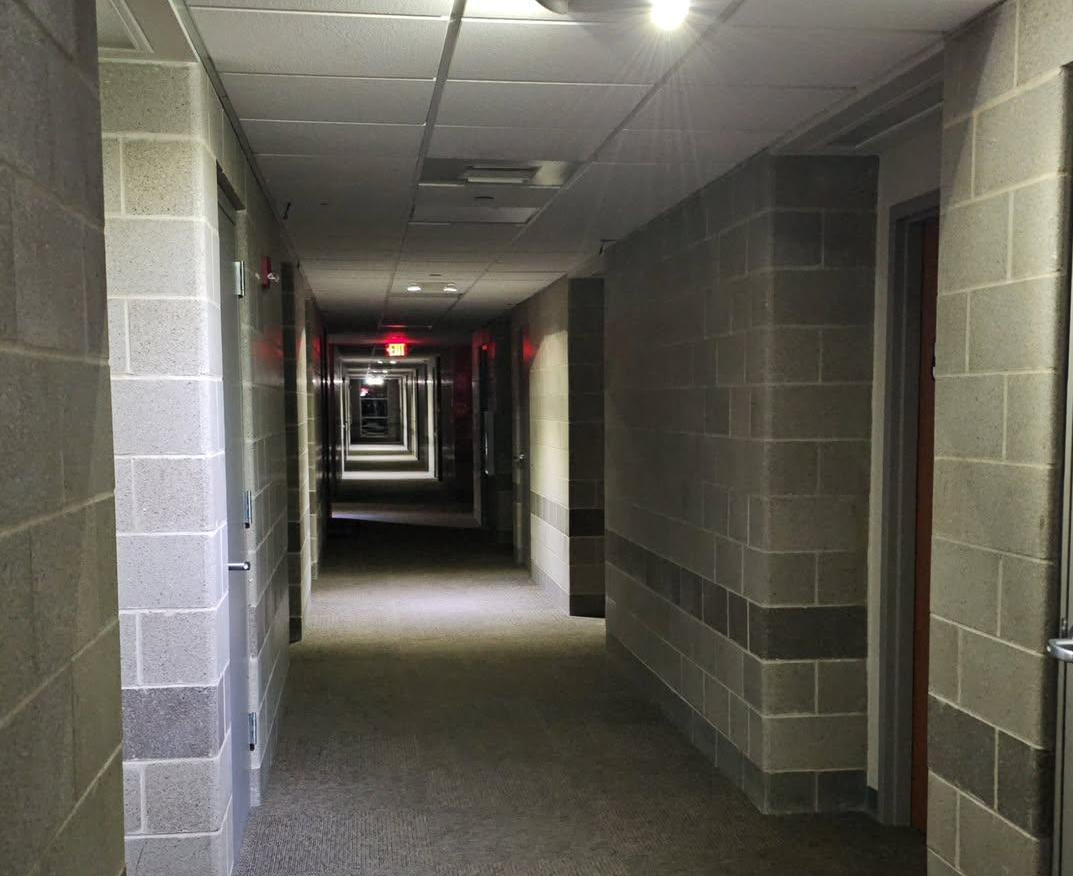On Nov. 27, 2023, it was announced that for the 2024-25 school year, room & board costs would increase $1500 and the Lion Fee per academic year increase $500.
The increase to room & board prices, as well as the Lion Fee, are attributed to rising costs of services provided that those fees are allocated towards.
“Lindenwood uses many predictive models and a variety of factors to forecast future costs,” Vice President Julee Mitsler said. “One example is inflation, and the most recent inflation rate specific to higher education was the highest it’s been in more than 20 years.”
According to junior Caleb Washburn, he understands why Lindenwood has to do these things, though is concerned he and other students may be put into further economic hardship, and may take them longer to pay off student loans.
While respecting the needs for financial increase, Caleb is still hoping the university can provide extra support for students with bigger financial needs, while in the situation.
“I [believe extra] scholarships [have to be] available, different options available to the students where it’s easier to get [less pricey] loans, which does necessarily depend on their income,” Washburn said. “For example, if you’re dependent on your parents, what you get from Mom is going to depend on [your family’s] income, though sometimes there’s situations where their income is inauthentic because you’re paying for it yourself, so I feel like that should lead the change.”
Despite the recent cost increases, Lindenwood still remains one of the cheapest colleges in the St. Louis metro area. At present, while Lindenwood currently doesn’t have plans to decrease costs in future years, they plan to use those finances to provide academic support, and support as a whole across the university.
“LSG has also provided some valuable input about ways in which our students hope to see funds utilized, and the administration is reviewing their suggestions,” Mitsler said. “appreciate the efforts of many teams on campus who are working hard to keep our educational costs well below other universities in the region, especially in light of inflation and increased operating costs.”











